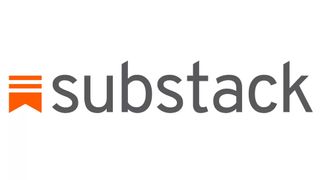Substack wants to help liven up your boring newsletters
New customization options have arrived

Substack has announced an expansion to its email marketing services with some exciting features to jazz up your newsletters.
From today, Substack users will be able to make use of various customization options as part of a new Themes feature. With Themes, it is now possible to adjust your newsletter welcome page, homepage, post, and accent colors, as well as select from a few different font styles. There will also now be two different homepage layouts to choose from.
While the options aren’t exactly extensive, they will give Substack users a few more options to help them stand out from one another. Previously, there was little difference in the appearance of Substack newsletters, save for the profile pictures and link colors. Users can edit their newsletter theme from the ‘Settings’ page.
- Check out our roundup of the best CMS platforms
- These are the best blogging platforms around
- And we've put together a list of the best website builders around
New features
The addition of Themes is not the only update announced by Substack. During the company’s one-day virtual conference Substack On, it was also confirmed that writers will soon be able to create sub-lists of followers so they can tailor their output. These could be long-term followers or new readers, for example.
Substack also confirmed the launch of a ‘multipub’ tool that will allow users to combine multiple newsletters and other content into a single publication. This feature is expected to launch next month. Of course, Substack doesn’t just cater to writers’ needs. Last month, the platform also added Substack Reader, a new space to help readers manage all their newsletters.
Since its launch in 2017, Substack has attracted some pretty high-profile writers, many of whom run their own subscription publications. They’ll no doubt make use of the new Themes feature to help differentiate themselves, as well as the other writer-focused features that Substack is planning for the future.
- These are the best web hosting services for your website
Via The Verge
Are you a pro? Subscribe to our newsletter
Sign up to the TechRadar Pro newsletter to get all the top news, opinion, features and guidance your business needs to succeed!
Barclay has been writing about technology for a decade, starting out as a freelancer with ITProPortal covering everything from London’s start-up scene to comparisons of the best cloud storage services. After that, he spent some time as the managing editor of an online outlet focusing on cloud computing, furthering his interest in virtualization, Big Data, and the Internet of Things.

